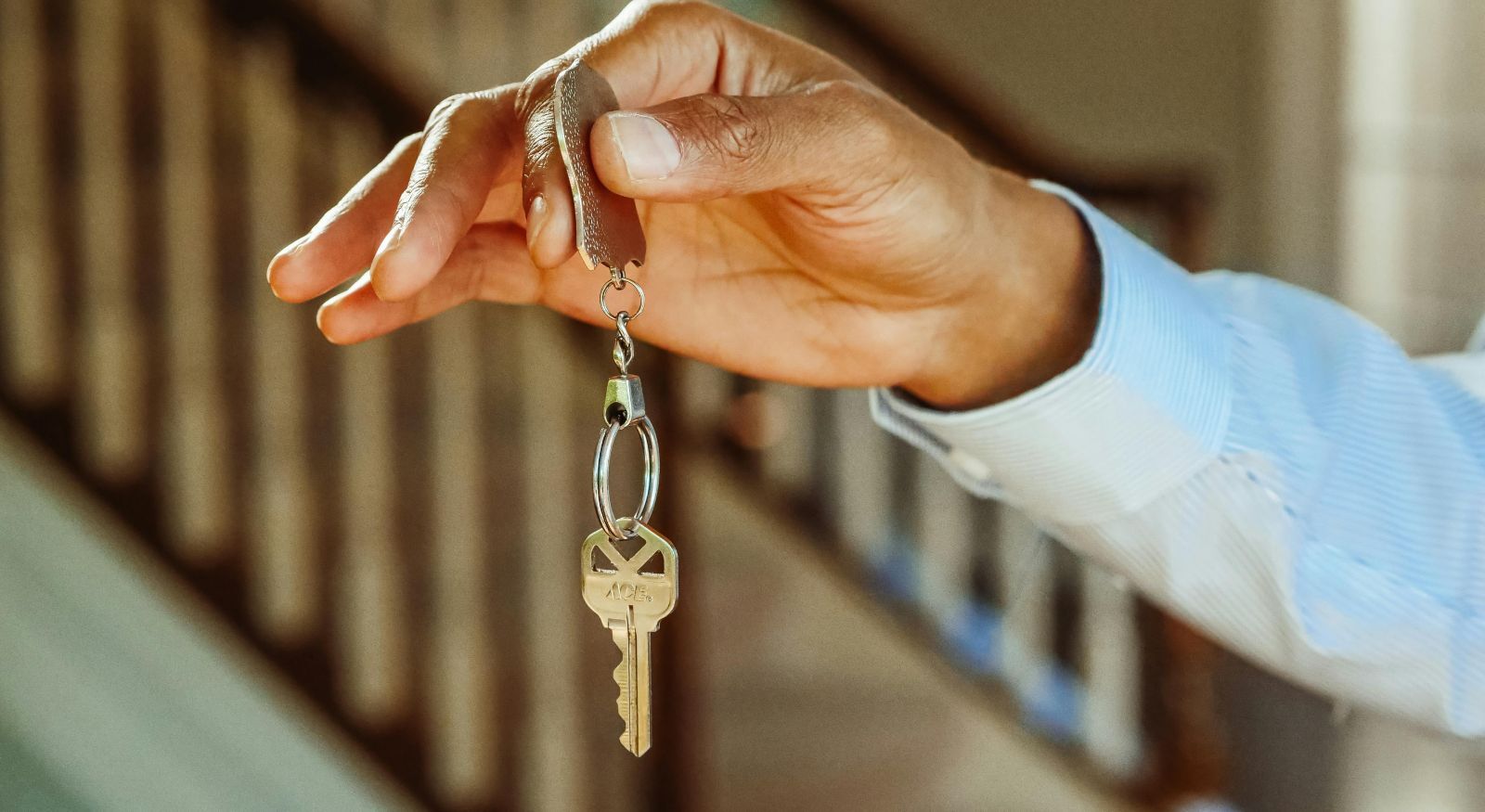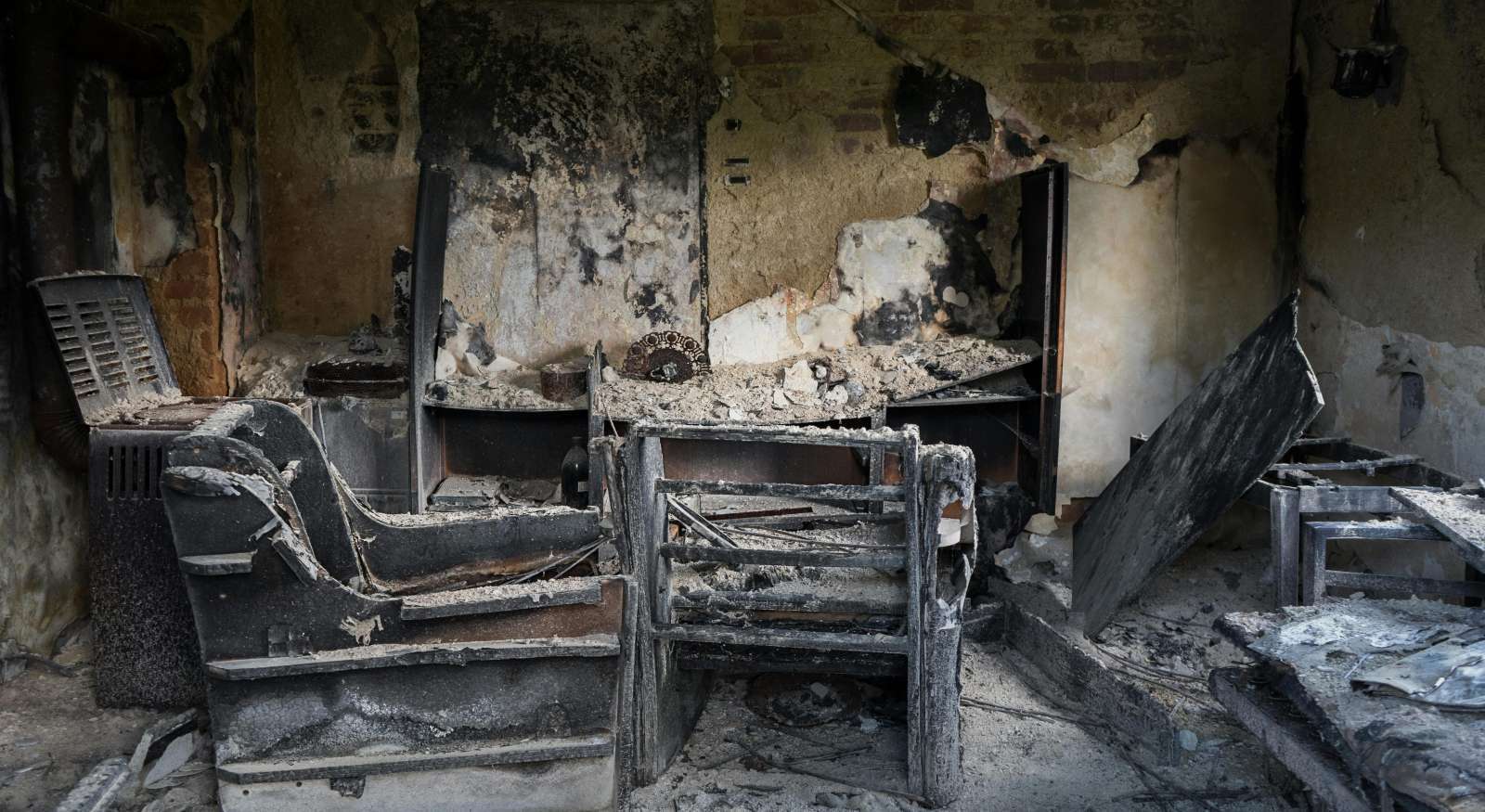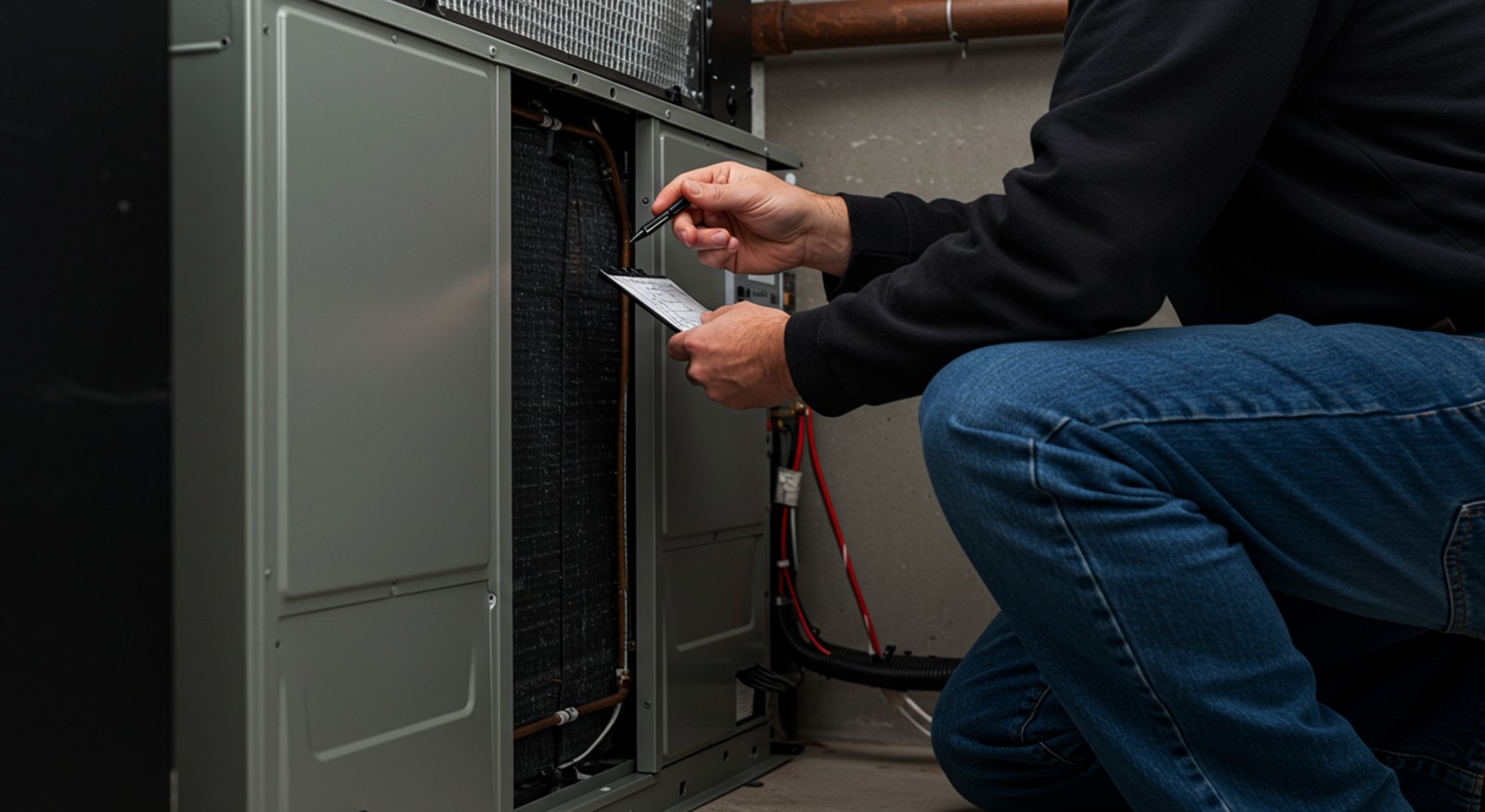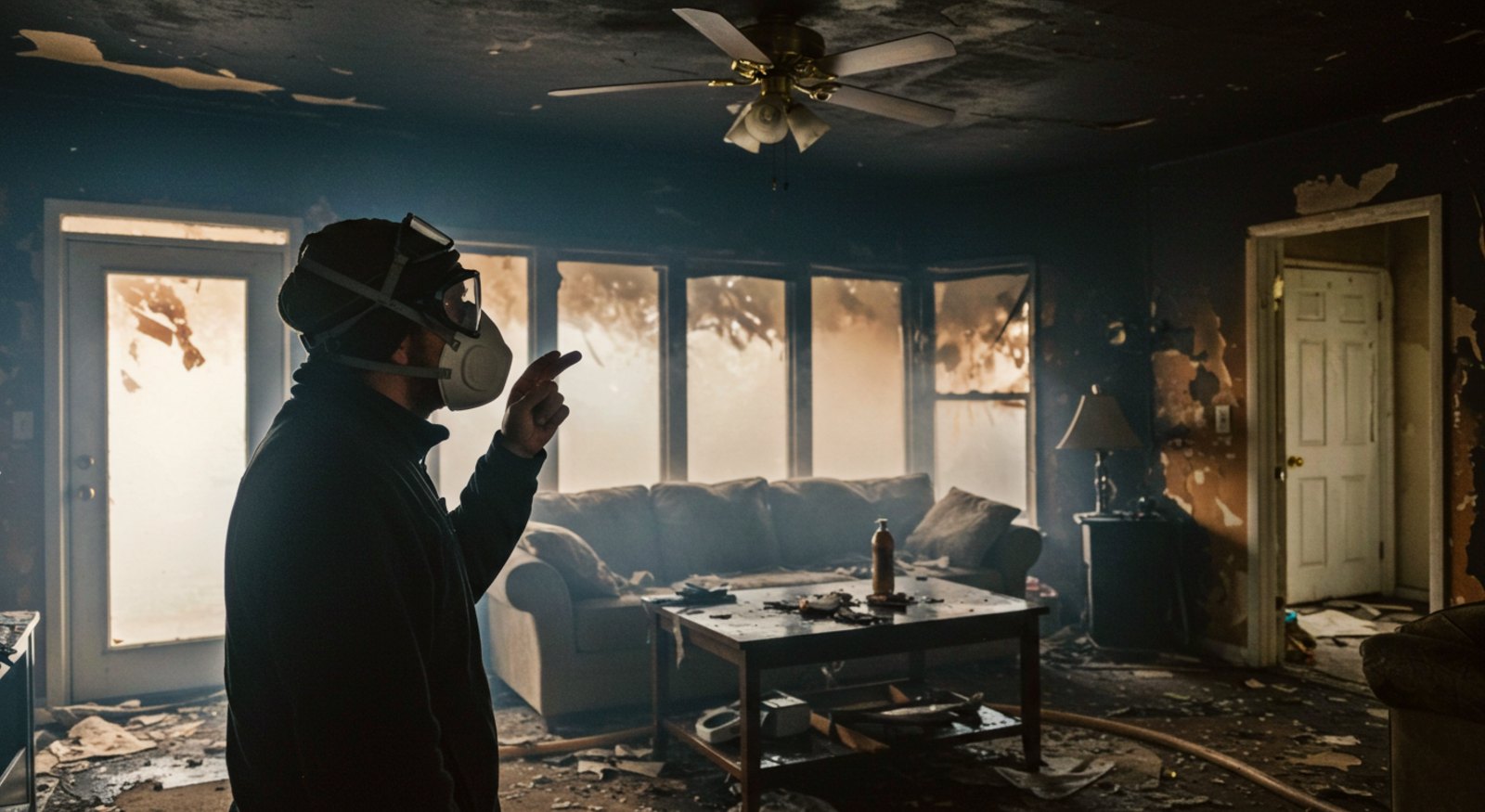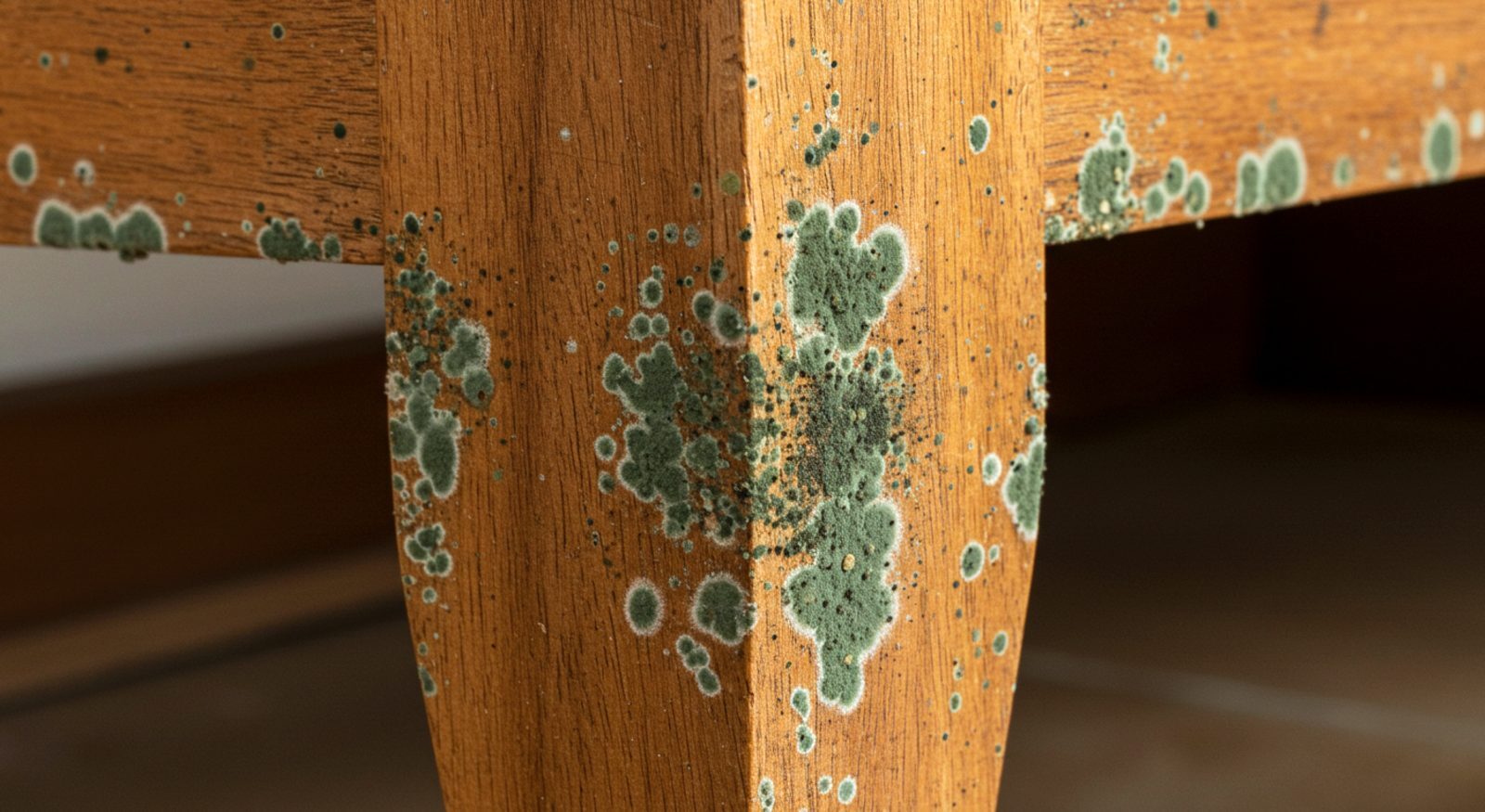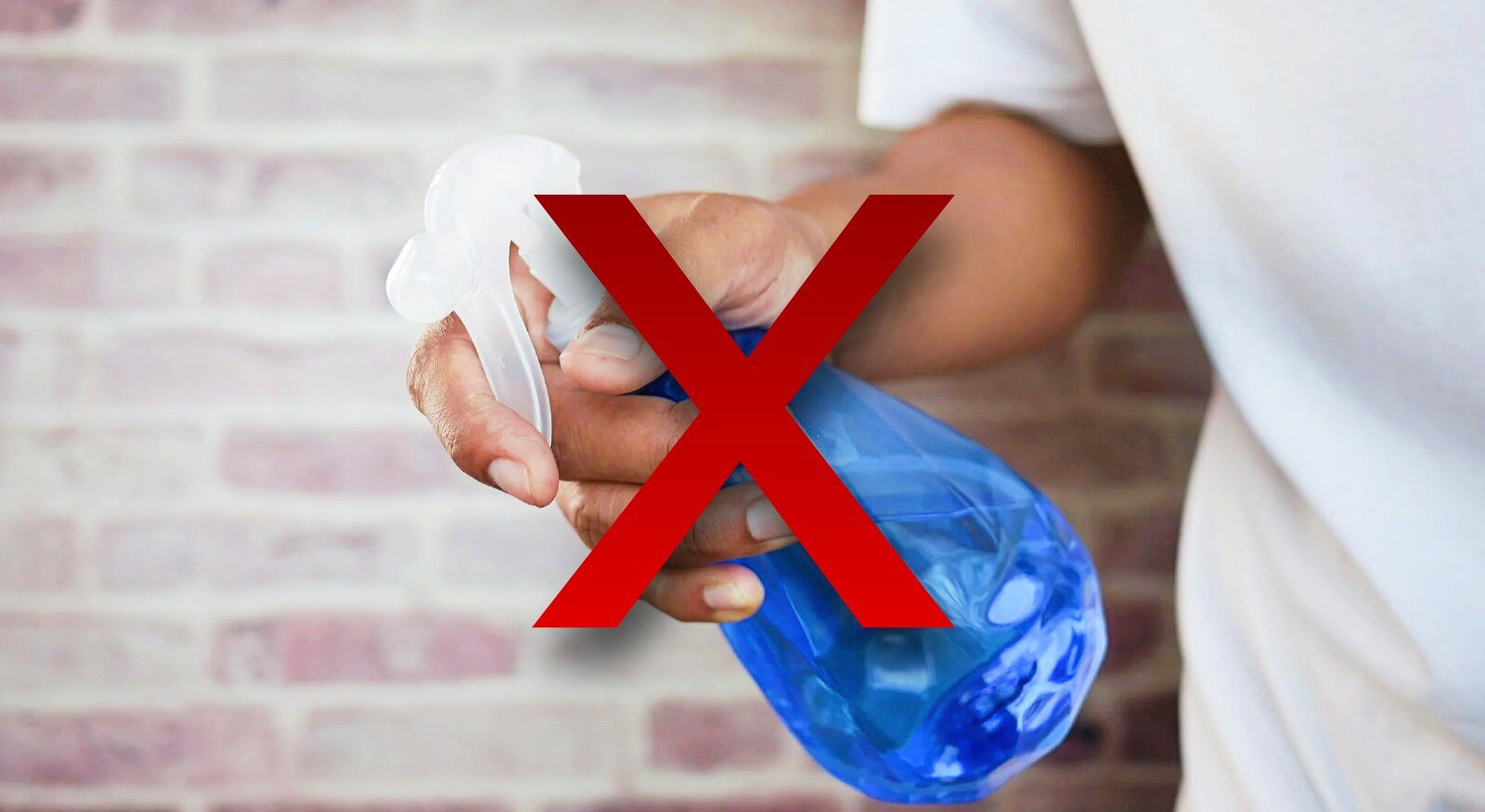Prevent Mold in Your Bathroom with This Checklist
August 20th, 2025
4 min read
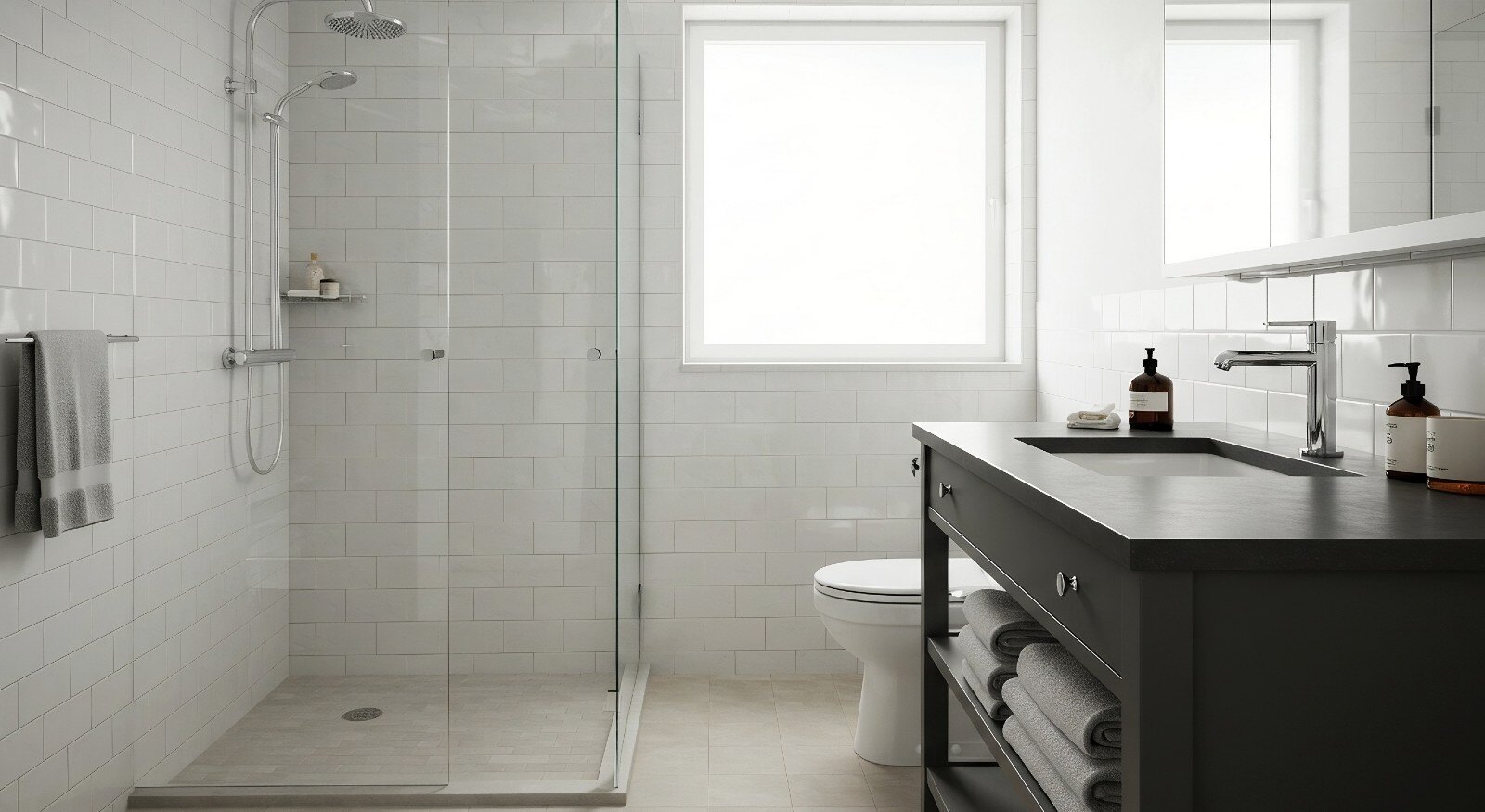
You have seen it before. That telltale black or green creeping along the grout of the bathroom, turning a space for relaxation into one filled with anxiety. Is there something you can do to prevent this scenario?
As a matter of fact, there is! As the experts in mold remediation in South Arkansas, Restore-It is here to teach you strategies to maintain a mold-free bathroom.
Let's go through all the tips and tricks to turn your bathroom back into a clean and healthy oasis. From simple daily habits to smart design choices, we will guide you through the process. We will also discuss topics like safe and effective cleaning methods and more. So, let's get started!
Why Mold Grows in Bathrooms
According to the United States Environmental Protection Agency (EPA), mold can be naturally found in the environment and grows in areas with high humidity, oxygen, and organic matter. If not appropriately maintained, bathrooms can provide the right conditions for mold growth.
One major factor contributing to mold in bathrooms is high humidity levels. Hot showers and baths generate a lot of steam, which significantly increases the moisture in the air. This humidity, if not adequately dealt with, can lead to problems.
Another issue is poor airflow. Many bathrooms simply don't have enough ventilation. This means the moist air gets trapped, unable to escape, creating a damp environment where mold can easily thrive.
Finally, the water itself plays a role. Splashes from the shower, drips from the sink, and condensation on surfaces leave things damp for longer periods, giving mold the time it needs to take hold.
Why It's Important to Prevent Mold
Having a mold patch in your bathroom isn't just an eyesore; it's a genuine concern for both your health and the well-being of your home. It's more than just a cleaning issue - it's about safeguarding your family and property.
First and foremost, out-of-control mold can be a significant health hazard. Mold spores, those tiny particles it releases into the air, can trigger or worsen allergies and respiratory problems.
Beyond the immediate health effects, mold can also cause damage to your bathroom over time. It can break down materials like drywall, paint, and grout, making the space uninviting and leading to costly repairs.
Finally, let's not forget that mold is simply unpleasant. It creates a musty odor and makes your bathroom feel unclean and uninviting. Removing mold and preventing its return is about creating a healthier, more comfortable, and more enjoyable bathroom environment.
Keep Your Bathroom Mold-Free with This Checklist
Preventing mold is much easier than removing it once it has taken root in your building materials. Think of this checklist as your daily and weekly defense against this annoying pest.
☐ Use the exhaust fan every time you shower or bathe, and let it run for at least 20 minutes.
☐ Leave the bathroom door open after showering to let moisture escape.
☐ If you don't have a fan, open a window to circulate air, even a little bit.
☐ Squeegee shower walls and doors after each use to remove excess water.
☐ Wipe down sinks and countertops to prevent water from pooling.
☐ Hang up wet towels immediately to dry quickly.
☐ Spread out your shower curtain or liner to dry.
☐ Wash or replace shower curtains regularly, as they can be a mold hotspot.
☐ Regularly check for leaks around faucets, pipes, and the toilet.
☐ Fix any leaks promptly, even small drips.
☐ Consider using a dehumidifier.
☐ Clean your bathroom regularly. Pay special attention to grout and tile.
☐ Don't forget to clean under the sink and around the toilet.
☐ Store toiletries and cleaning supplies in a way that allows for airflow.
☐ Avoid overcrowding shelves or cabinets.
For long-term protection against mold, consider these strategies and prevent mold's return in your bathroom.
☐ Use mold-resistant paint on bathroom walls and ceilings.
☐ Insulating pipes can help prevent condensation.
☐ If your bathroom has poor ventilation, consider upgrading to a more efficient exhaust fan. A more powerful fan can remove moisture more effectively.
Weekly Deep Cleaning Tips for Your Bathroom
Beyond the daily habits, a weekly deep clean can significantly help prevent mold. Think of it as a more intensive version of your regular cleaning routine.
- Grout: The material between your tiles is porous, which means it can trap moisture. This makes it a potential spot for mold growth. To combat this, give your grout a good scrubbing each week. Use a stiff brush and a dedicated grout cleaner to remove any dirt and lurking mold spores.
- Tiles: Don't forget the tiles themselves! Clean them regularly with a mild detergent or a specialized tile cleaner. This helps remove soap scum, which can also trap moisture and provide a surface for mold to cling to.
- Shower Curtain: Your shower curtain or liner can also become a breeding ground for mold. Wash or replace them regularly to prevent mold from taking hold. This simple step is often overlooked but makes a big difference in bathroom hygiene.
Know When You Need Professional Mold Remediation
While you can handle many mold issues on your own, there are times when it's best to hire professionals. Consider calling a professional mold remediation company if you experience any of the following issues:
- Large-Scale Infestations: If the mold covers a significant area (say, more than 10 square feet) or is spreading rapidly, it's often best to call a mold remediation company.
- Recurring Mold Problems: If you clean the mold, but it keeps coming back, there's likely an underlying moisture problem you haven't identified. Professionals have the tools and expertise to find hidden leaks, ventilation issues, or other sources of moisture that fuel mold growth.
- Health Concerns: If you or anyone in your household is experiencing health problems that you suspect might be related to mold exposure, it's important to minimize further exposure. Professional remediation can help ensure the mold is removed safely and effectively, reducing the risk of health issues.
- Hidden Mold: Mold can grow in hidden areas, such as behind walls, under floors, or in HVAC systems. Professional mold inspection and remediation are needed to locate and remove the mold.
- Type of Mold: While most household molds are not highly toxic, some types can be more harmful. If you suspect you have a hazardous kind of mold, it's best to err on the side of caution and seek professional help.
Professionals have specialized equipment and techniques for large-scale removal and containment. They can provide long-term solutions to prevent mold from returning. Plus, some companies offer microbial testing for cases when you want to confirm if you have a mold infestation or not.
Restore-It: Your Mold-Fighting Allies
Discovering mold in your bathroom is a common scenario, but one you can control. Having learned about prevention strategies from Restore-It, you're ready to create a dry and healthy bathroom. If you are facing a mold issue beyond your control, contact Restore-It. We're committed to helping you reclaim your bathroom and restore your peace of mind.
Topics:












